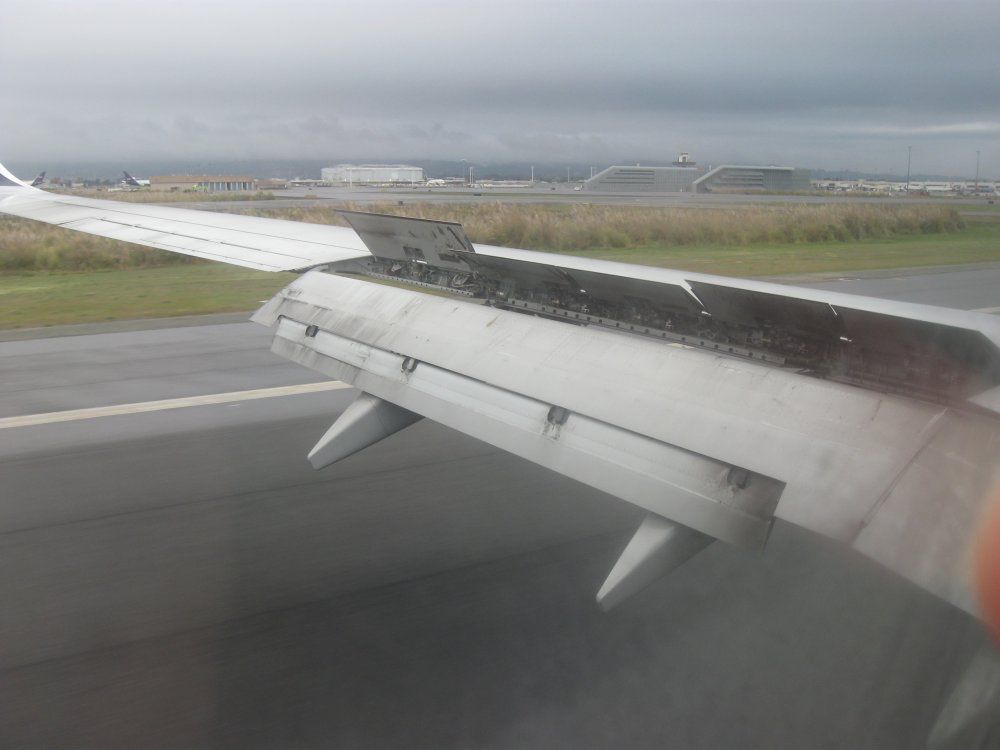-
 Simazine
Simazine
-
 VOC
VOC
-
 Error-correcting code
Error-correcting code
-
 Endocrine disruptor
Endocrine disruptor
-
 Oolitic
Oolitic
-
 Sedge
Sedge
-
 Microfiltration
Microfiltration
-
 Hadron
Hadron
-
 Norite
Norite
-
 Light pen
Light pen
-
 S2/T2
S2/T2
-
 Internet Storm Center
Internet Storm Center
-
 Accommodation
Accommodation
-
 Orion nebula
Orion nebula
-
 Feynman diagrams
Feynman diagrams
-
 Grape
Grape
-
 Heavy minerals
Heavy minerals
-
 Asymmetric cryptography
Asymmetric cryptography
-
 Apastron
Apastron
-
 Anaemia
Anaemia
-
 Deep Space Network
Deep Space Network
-
 Maritime pine
Maritime pine
-
 Pelvis
Pelvis
-
 Webcam
Webcam
-
 iPod Nano
iPod Nano
-
 Chondrocyte
Chondrocyte
-
 Metastatic
Metastatic
-
 Warez
Warez
-
 Buffering
Buffering
-
 Cretinism
Cretinism
Lift augmentation system
A Lift augmentation system is a device installed on the wing of an aircraft to produce an increase in lift at a given speed. It is useful at low speed because it reduce the stall speed (the plane can fly more slowly).
It can be installed on the leading edge of the wing ("leading edge slats") or on the trailing edge ("wing flaps").
Uses of the lift augmentation system
A lift augmentation device can be fixed or mobile. When fixed, it gives STOL capability to the aircraft (short take-off and landing), but the cruising speed is reduced. The leading edge slats can be fixed or mobile. The wing flaps are always mobile. A mobile device is used before takeoff and before landing.
There are several kinds of flap which can increase the camber (they are lowered) or the surface area (they slide backwards) or both (Fowler flaps).
 A lift augmentation device installed on aircraft wings. The flaps of an aircraft are lowered when landing. Here, they are lowered right down (landing position). They are also deployed towards the rear (Fowler type flaps). The mobile surfaces inclined upwards are air brakes (they increase the drag). © Derrick Coetzee/Flickr CC by-nc-sa 2.0
A lift augmentation device installed on aircraft wings. The flaps of an aircraft are lowered when landing. Here, they are lowered right down (landing position). They are also deployed towards the rear (Fowler type flaps). The mobile surfaces inclined upwards are air brakes (they increase the drag). © Derrick Coetzee/Flickr CC by-nc-sa 2.0
Latest
Fill out my online form.



